The 10 Coolest Flash Storage/SSDs Products Of 2012
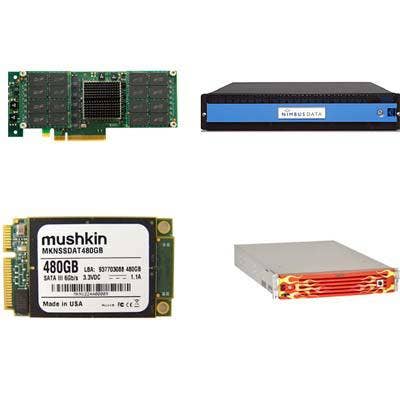
Flash Storage: Not Just SSDs Any More
It used to be easy to understand flash-based storage technology back in the day when flash meant SSDs. However, as we saw in 2012, flash storage technology now takes on many forms, from SSDs to PCIe flash storage to all-flash arrays to software that ties different flash technologies together.
CRN is taking a look at significant flash storage technologies introduced in 2012. We cannot cover all the new products. But, we can pick 10 different hardware and software introductions that give an idea of the range of possible technologies that are either available now or will be soon that can significantly increase storage performance.
Turn the page and start imagining the possibilities.

Amazon Brings SSD Performance To Cloud With New High I/O Instance
Amazon Web Services in July unveiled a new Amazon Elastic Compute Cloud instance called High I/O, which provides the company's cloud infrastructure users access to high-speed SSD storage.
The new High I/O instance is targeted at applications that require low-latency access to high-speed storage, making much it more flexible for users looking to run more higher-performance applications in the cloud.
The first version of the High I/O EC2 instance, called the High I/O Quadruple Extra Large instance, includes eight virtual processor cores that clock in at 35 EC2 Compute Units, along with 60.5 GB of RAM, 10-Gbit Ether connectivity with support for cluster and 2 TB of SSD storage configured as two 1-TB volumes that are local to the instance.
The instance can use either paravirtual (PV) or hardware virtual machine (HVM) virtualization.
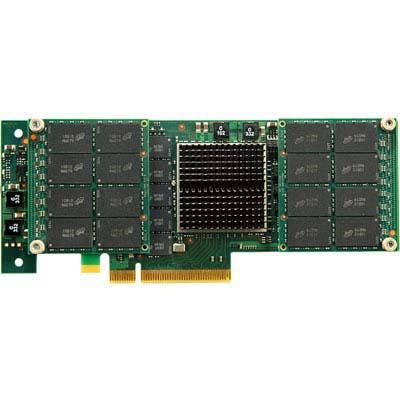
EMC Rolls Out PCIe Flash-Based Storage Technology
EMC in February introduced VFCache, the industry's first PCIe flash-based storage solution that sits in servers and works with external arrays to increase storage performance across multiple tiers from the server to the cloud.
VFCache, which was first introduced last year as "Project Lightning," is a high-speed flash memory-based storage device that plugs into a standard PCIe slot inside a customer's server to provide a high-speed cache where hot data can be accessed at low-latency speeds while still being protected via copies stored on the arrays.
EMC is touting a performance boost of 300-percent throughput boost and a 60-percent latency decrease in Microsoft SQL Server and Oracle environments when using the VFCache with its VMAX, VMAXe, VNX and VNXe arrays.
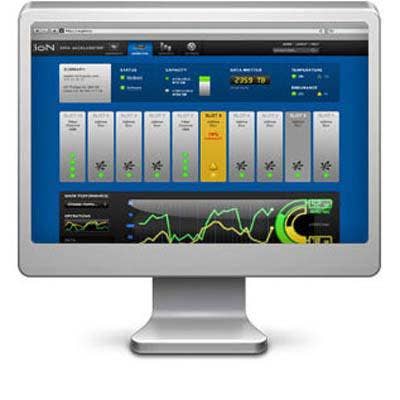
Fusion-io Software Creates Shared Flash Storage
Fusion-io in August introduced software that allows its high-performance PCIe-based flash memory technology to be used as shared memory over a network. With the company's new ION Data Accelerator software, solution providers can install Fusion-io's ioMemory modules into any industry-standard server, and it becomes available to multiple users over the network with almost no loss in performance, the company said.
Fusion-io's ioMemory products are flash-based devices that plug into a server's PCIe connector where it can run an application and some or all of that applications data at nearly the same speed as the server's memory. With the software, solution providers can take any off-the-shelf industry-standard server, install the ioMemory and software, and connect it to a network, at which point it looks and behaves like a SAN. Because Fusion-io does not provide the server, solution providers can work with their vendor of choice and can upgrade the server as new technology becomes available.
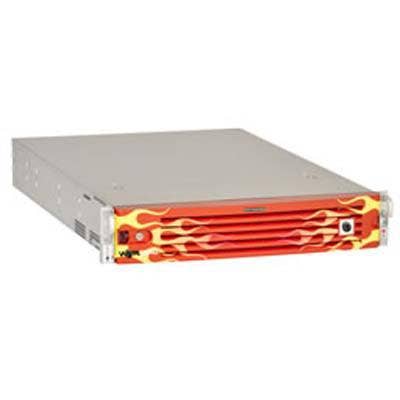
GridIron Intros New Flash Storage Appliance, Hybrid Flash Array
Flash storage developer GridIron Systems in October updated its TurboCharger flash-based appliance and unveiled a new hybrid flash array that ties the TurboCharger to a NetApp Engenio storage box.
GridIron's TurboCharger GT-1500 flash storage solution sits between a server and a SAN to accelerate storage operations by optimizing the traffic between the two.
The TurboCharger drops in the network between the server and the SAN to immediately double storage performance, GridIron said. It features 500,000 IOPS performance, or 1 million IOPS in a dual configuration, as well as 3.2-GHz per second bandwidth with up to 128-TB total flash storage capacity.
Also new is the OneAppliance hybrid flash array, which marries a pair of TurboCharger GT-1500 appliances with a NetApp Engenio E-5400 series array.
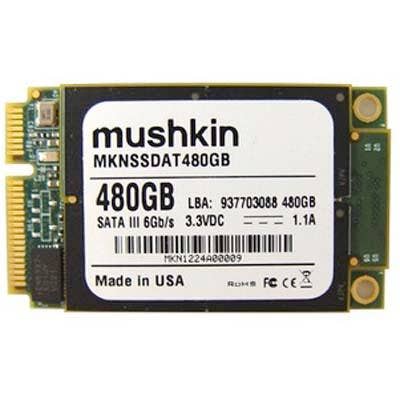
Mushkin Unveils World's First 480-GB mSATA Solid-State Drive
Austin, Texas-based Mushkin in December said it will start shipping the world's largest capacity mSATA solid-state drive in after the new year. That drive, part of Mushkin's Atlas family of mSATA drives, provides 480 GBs of storage capacity on a single mSATA module.
The drive includes high-speed MLC NAND flash memory, a SandForce SF-2281 SSD processor, a 6-Gbps SATA interface, TRIM support, S.M.A.R.T. (self-monitoring, analysis, and reporting technology) support, and built-in error correction code.
Available with a three-year limited warranty, Mushkin's Atlas 480-GB mSATA SSD is slated to ship in January of 2013 with a list price of $499.99.
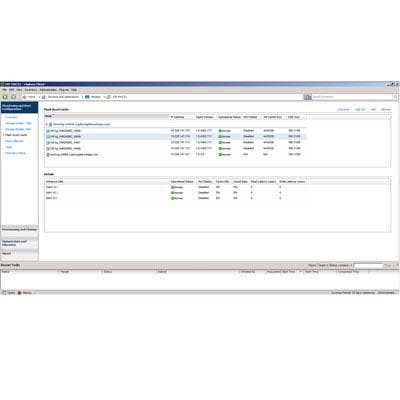
NetApp Intros Software To Manage Multivendor PCIe Flash-Based Storage
NetApp in August extended its storage tiering reach into the server with the introduction of new software that allows it to work with multiple vendors' PCIe flash storage products.
NetApp's new Flash Accel software interfaces with PCIe-based flash storage to turn that storage into a high-performance tier and increase application performance, the company said. Flash Accel, which is embedded in NetApp's Data ONTAP storage operating system, is similar to rival EMC's VFCache. However, while VFCache works with EMC storage, NetApp's Flash Accel works with hardware from such partners as Fusion-io, LSI, STEC, Micron and Virident Systems. Flash Accel also works with software from Fusion-io, LSI, and SanDisk.
NetApp is also reselling PCIe flash-based storage cards and related software from Fusion-io for use in physical and virtual server environments.
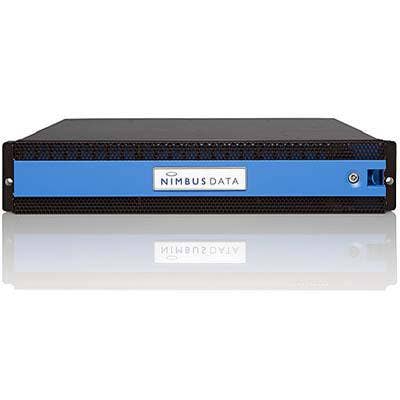
Nimbus Data Unveils High-Performance Gemini Flash Arrays With 10-Year Warranty
Nimbus Data Systems in August unveiled a new line of flash memory arrays with a 10-year warranty and new ways to manage flash memory the company claims provides future-proof flash storage. Nimbus' Gemini array, the third generation of Nimbus Data's all-flash array family, uses a new controller that actively manages the device's MLC flash memory to provide long-term performance, and it includes dual controllers to eliminate single points of failure and support for non-disruptive software updates and servicing.
Central to Gemini's 10-year warranty is the addition of DRAM to each flash drive in the array, as well as flash lifecycle management technology that identifies particular MLC flash memory cells with higher endurance than others and then uses those high-endurance cells more extensively. A full rack of Gemini arrays can provide up to 1 petabyte of flash storage capability.
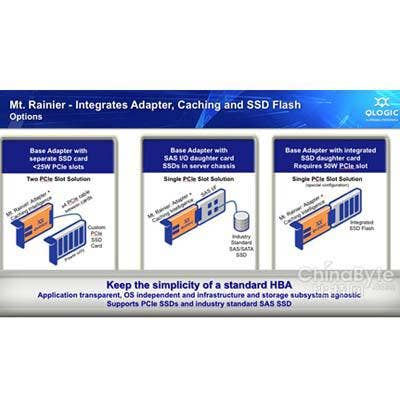
QLogic's New Mt. Rainier Tech Uses HBAs, Turns Flash Storage Into Shared Cache
QLogic in September previewed "Mt. Ranier," a new technology that puts high-speed SSD storage on a SAN host bus adapter (HBA) to allow multiple servers to share their flash-based cache.
Mt. Ranier will allow an application running in one server to grab data sitting in the flash storage cache of another server with nearly the same performance as if it were sitting in the same server as the application in order to increase storage performance. Mt. Ranier integrates a QLogic SAN adapter with the company's intelligent routing software and either a separate SSD flash storage card or a daughterboard that connects to SSDs inside the server. The caching software runs in the SAN adaptor, not in the server's operating system or in a hypervisor, so the hardware acts like a standard SAN HBA.
Mt. Ranier is expected to ship in production by the end of the first quarter of 2013.
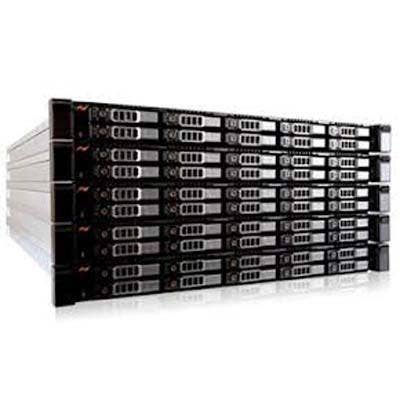
SolidFire Targets Cloud Services Providers With All Solid-State Storage Solutions
SolidFire, a startup developer of all-solid-state storage solutions, in November unveiled its first solid-state storage-based nodes targeting cloud services providers.
The new nodes from SolidFire, which late last year came out of stealth mode, provide cloud services providers the ability to offer clear service-level agreements (SLAs) to customers, the company said.
The capacity of the SolidFire storage nodes can be carved up into multiple tiers of storage, each of which can be configured for performance or capacity. The new SolidFire storage nodes are targeting cloud services providers offering such high-performance applications as Oracle, SAP, Hadoop big data and NoSQL databases.
SolidFire released two models of its storage nodes. Up to 100 nodes can be clustered, with both performance and capacity increasing as nodes are added.
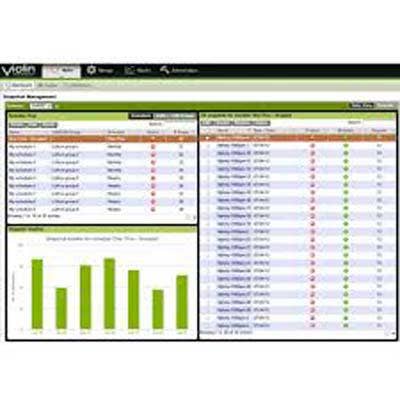
Violin Embeds Symantec Data Management In Its Flash-Based Storage Arrays
Violin Memory in 2012 partnered with storage software vendor Symantec to embed Symantec data management capabilities on Violin's all-flash storage arrays.
Violin is embedding such data management capabilities as snapshots, clone copies, deduplication, replication and thin provisioning in its arrays with support from Symantec. Prior to the collaboration, customers who wanted those features had to use tools from other applications.
It was the first time that Violin, a pioneer in the flash memory-based storage array market, worked with a software vendor with the market reach of Symantec to add functionality to its products.